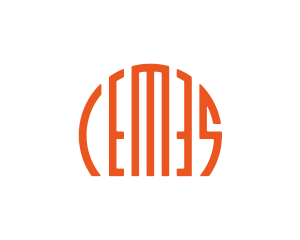Attosecond electron microscopy by free-electron homodyne detection
Résumé
Abstract Time-resolved electron microscopy aims to track nanoscale excitations and dynamic states of matter at a temporal resolution ultimately reaching the attosecond regime. Periodically time-varying fields in an illuminated specimen cause free-electron inelastic scattering, which enables the spectroscopic imaging of near-field intensities. However, access to the evolution of nanoscale fields and structures within the cycle of light requires sensitivity to the optical phase. Here we introduce free-electron homodyne detection as a universally applicable approach to electron microscopy of phase-resolved optical responses at high spatiotemporal resolution. In this scheme, a phase-controlled reference interaction serves as the local oscillator to extract arbitrary sample-induced modulations of a free-electron wavefunction. We demonstrate this principle through the phase-resolved imaging of plasmonic fields with few-nanometre spatial and sub-cycle temporal resolutions. Due to its sensitivity to both phase- and amplitude-modulated electron beams, free-electron homodyne detection measurements will be able to detect and amplify weak signals stemming from a wide variety of microscopic origins, including linear and nonlinear optical polarizations, atomic and molecular resonances, and attosecond-modulated structure factors.
Domaines
Physique [physics]| Origine | Publication financée par une institution |
|---|---|
| licence |



